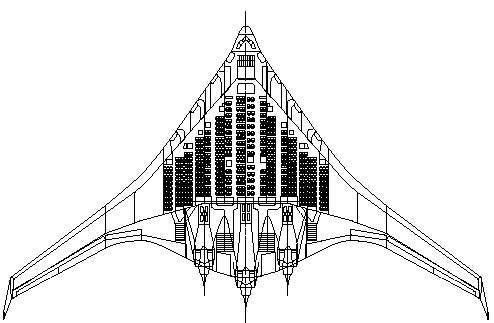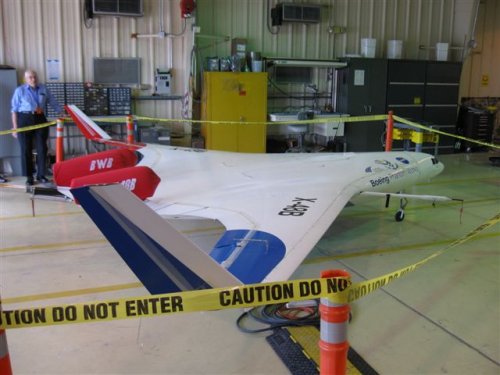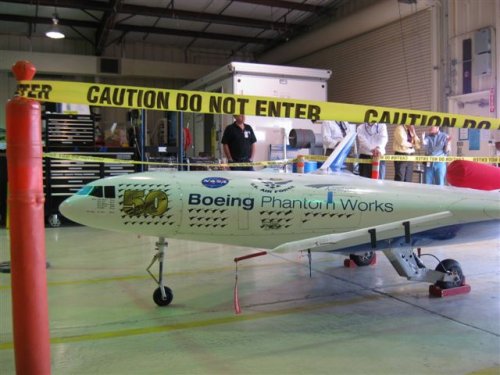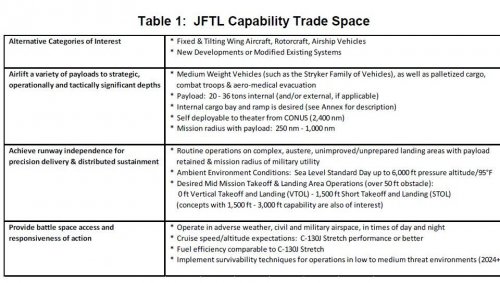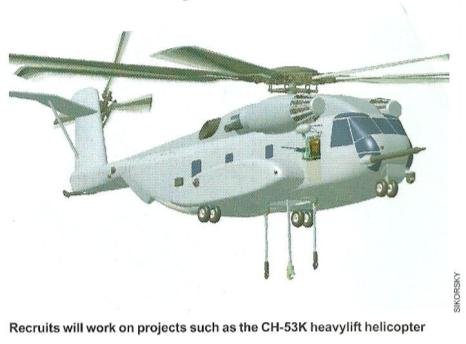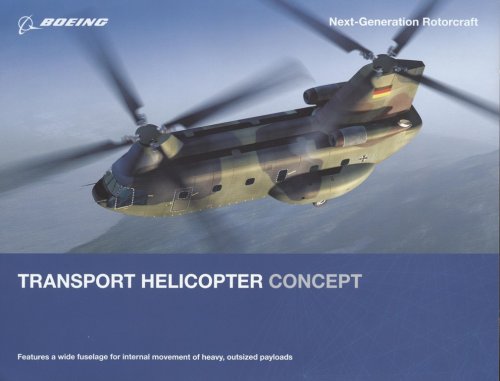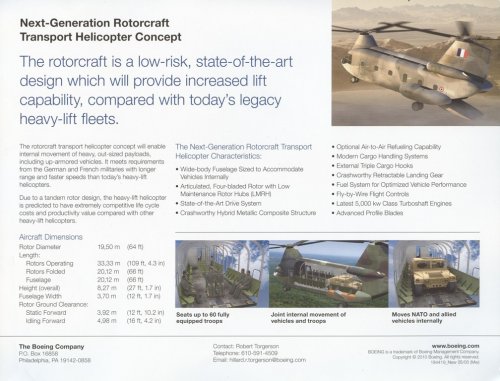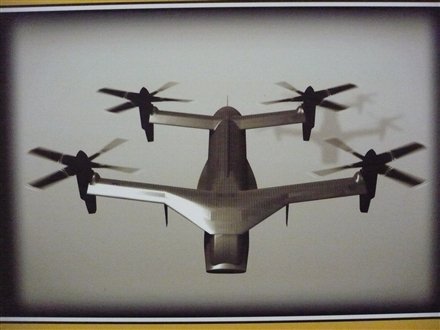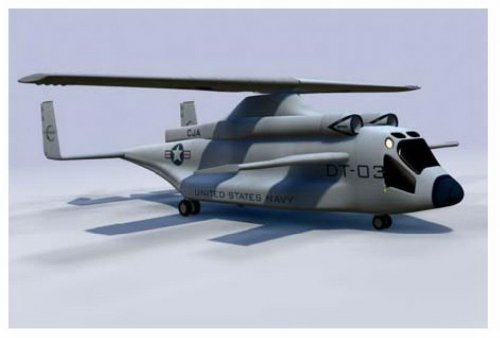taildragger
You can count on me - I won a contest
- Joined
- 2 November 2008
- Messages
- 404
- Reaction score
- 502
RanulfC said:From what I've been reading commercial BWB seems "held-up" mostly due to the needed changed in international airport layouts to accommodate such aircraft. Apparently they won't be able to interface with standard passenger egress-ways without significant upgrades. There is also a LOT of concern with the airlines of people not being anywhere near a window as this is apparently of significant concern according to passenger surveys.
Militarily I've seen the concepts being applied to the BWB before, something (IIRC) called an Airspace Battle Control Aircraft though the last one recall was based on a 747 airframe. I wish I could find something on the idea again because the article I had at one time showed a 747 launching cruise-missiles, missiles (vertically launched from an extended "hump" actually) and launching, recovering, and refueling UCAVs. I'd actually always thought that the idea of recovering and reconfiguring UCAVs was bogus until I found the "Aircraft Carrier Aircraft" thread on this site ;D
Randy
I think a bigger factor holding back a commercial BWB is the difficulty of creating an efficient pressure envelope in the shape available. A cylinder is a good shape for a lightweight pressure vessel (that's why it's used to package Cheez-Whiz), the flattish shape of a BYB isn't, especially if the interior needs to be uninterrupted by structural members. This consideration wouldn't be a factor for a pure aerial refueling tanker application, but a pure tanker (as opposed to the universally adopted tanker/transport combination) probably doesn't need a body at all, blended or not.
Another factor delaying adoption of the BWB configuration for airliners is the g-forces that would be imposed on the outboard-seated passengers by normal rates of roll.
Taildragger
Note: Cheez-Whiz is a registered trademark of the Kraft Foods Corp. The views expressed by Taildragger are his alone and do not reflect the opinions of Kraft Foods, it's management or employees regarding aircraft configuration or trivia.

